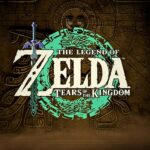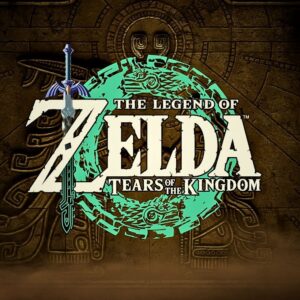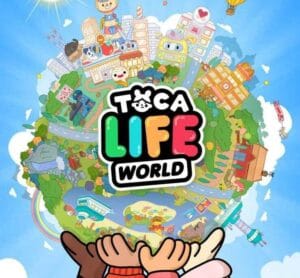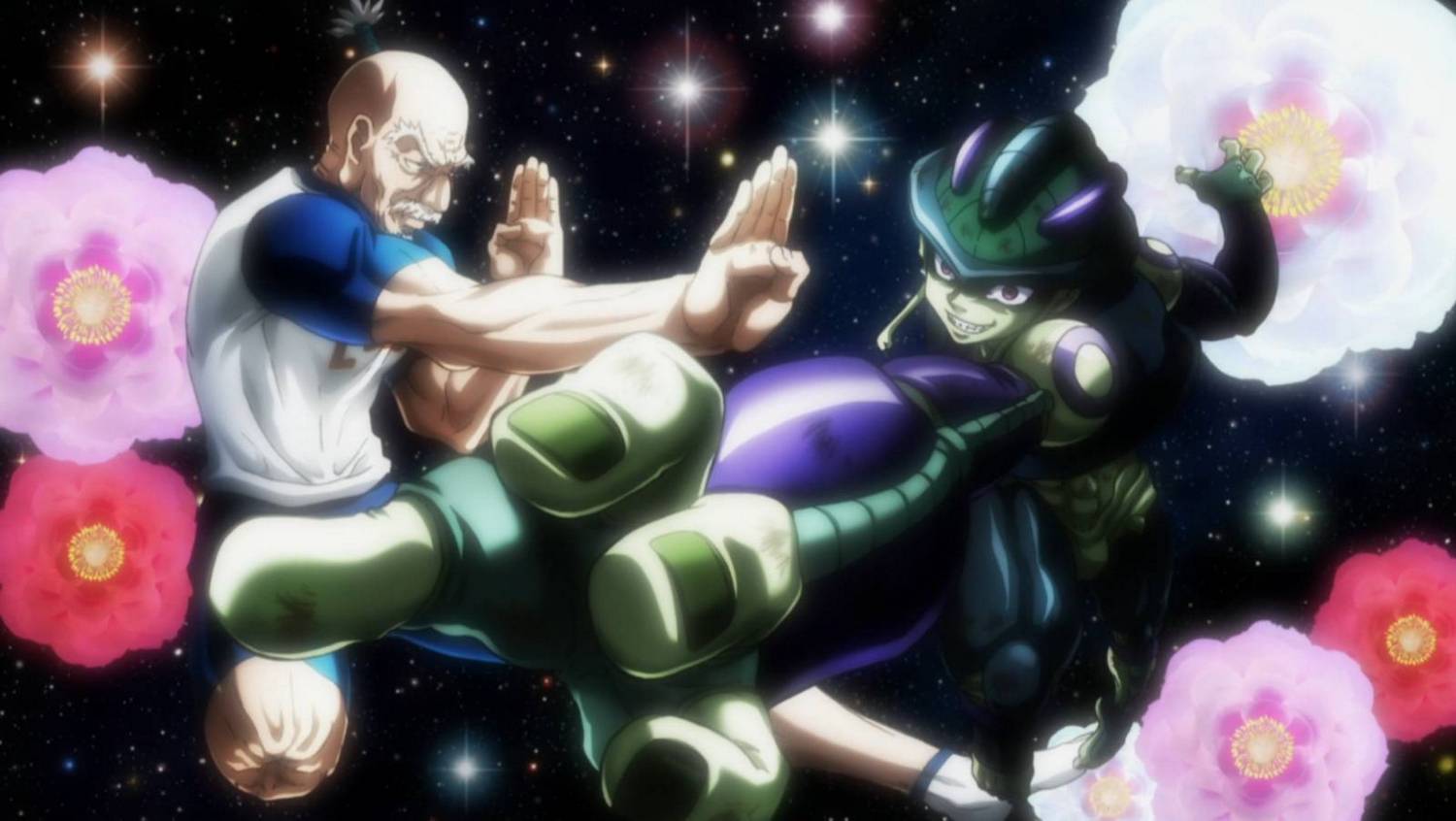Beyond the Spectacle: Why the Luffy vs. Usopp Fight is the Best Anime Conflict of All Time (and a High CPC Lesson in Loyalty)
Popular Now
 Rust
Rust
 R.E.P.O
R.E.P.O
 Schedule I
Schedule I
 Auto X Drift Racing 3
Auto X Drift Racing 3
 Stumble Guys
Stumble Guys
 The Legend of Zelda
The Legend of Zelda
 Free Fire Max
Free Fire Max
 Black Myth: Wukong
Black Myth: Wukong
 NBA 2K24
NBA 2K24
 Minecraft
Minecraft 
The conversation around the greatest anime fights often gravitates toward colossal explosions, god-tier power-ups, and gravity-defying choreography. Think Goku vs. Frieza, Levi vs. the Beast Titan, or the flash of Ufotable’s masterwork in the Fate series. These are undeniably spectacular—pure, high-octane anime action that drives millions of premium subscribers to streaming platforms. Yet, a deeper, more resonant truth lies in the most emotionally devastating showdown of all: the brutal, agonizing duel between Monkey D. Luffy and Usopp during the Water 7 arc of One Piece.
This isn’t just a fight; it’s a narrative masterclass and a powerful study in character conflict, earning it a coveted spot not for its physical brutality, but for its psychological and thematic weight. This is the best anime fight of all time, and the reason is shockingly simple: it’s about a business decision that fractured a family.
The High Stakes of a Broken Dream: A Strategic Disagreement
The fight for the fate of the Going Merry ship is a perfect storm of emotional investment and pragmatic reality. The Straw Hat Pirates, riding a wave of success and increasing their global notoriety—a factor driving millions in merchandise revenue and licensing deals—suddenly face a cold, hard fact: their beloved ship is structurally compromised, beyond repair. This is where the true conflict lies, far beyond any haki or devil fruit power:
- Luffy’s Pragmatism vs. Usopp’s Sentimentality: Captain Luffy, the pragmatist leading a growing multinational crew, understands the cold logic of safety and progress. The Merry is a death trap. He must protect his crew’s future. Usopp, the heart of the crew, sees the ship as a living friend, a testament to their humble beginnings. His refusal to let go is an act of fierce, desperate loyalty to the past.
- The Cost of Leadership: This is a powerful metaphor for corporate leadership and team management. Luffy is forced to make a painful decision—a “restructuring”—that prioritizes long-term viability over sentimental attachment. This agonizing choice, usually reserved for CEO reviews, is what makes the fight so compelling. The physical brawl is merely the outward manifestation of an internal, ideological war.
- Unfiltered Emotion as a Catalyst: The scene is devoid of flashy special effects. It’s raw, messy, and painfully human. Usopp, knowing he cannot win, fights with a desperate, all-consuming resolve, embodying the high cost of challenging the chain of command. Luffy, holding back tears, fights with the cold strength of a man carrying the weight of his crew’s lives. This is a battle over the core value proposition of the Straw Hats: adventure versus safety.
The fight’s lack of a flashy power-scaling element is precisely its strength. It grounds the audience in a reality where the greatest pain is inflicted not by superpowers, but by necessary, heartbreaking decisions between friends. It’s an unmissable scene for any anime enthusiast or storytelling professional studying narrative tension.
 Character Development Through Conflict: The CPC of Personal Growth
Character Development Through Conflict: The CPC of Personal Growth
From an SEO content strategy perspective, the Luffy vs. Usopp fight offers incredible value because it represents peak character development. The core theme of self-worth, a universally relatable and high-traffic keyword, is explored to its fullest potential.
The Aftermath and the ROI of Pain
The emotional return on investment (ROI) from this conflict is unparalleled:
- Usopp’s Transformation: Stripped of his identity as a Straw Hat member, Usopp is forced to grow. He later reappears as “Sogeking,” a symbolic representation of the strength he found outside the captain’s protection. This arc—from dependence to independent strength—is a goldmine for personal development and inspirational content.
- Luffy’s Defining Moment: This fight solidifies Luffy’s role as captain. He learns that leadership isn’t about being universally liked; it’s about making the right, difficult choice for the collective good. This moment resonates deeply with discussions of ethical leadership and decision-making frameworks.
- Crew’s Unity Forged in Fire: The collective pain of the crew watching their friends tear each other apart reinforces their commitment to one another. The tears of Nami and Chopper are as important as any physical blow, serving as an emotional multiplier for the audience.
This conflict isn’t just the best One Piece fight; it stands as a monument to how internal conflict and personal stakes can elevate a fight scene far above mere spectacle. It’s an exemplary case study in using violence not as a plot end, but as a vehicle for profound character and narrative development.
The Investment in Storytelling: Why Emotional Battles Dominate
Modern anime often prioritizes dazzling animation to capture the attention of a global audience in a highly competitive digital content market. However, fights that endure—the ones that fans revisit, dissect, and champion—are always the ones rooted in a powerful emotional narrative. The Luffy vs. Usopp battle is a constant reminder that technical animation budget pales in comparison to the value of genuine, gut-wrenching storytelling.
When searching for the most impactful anime battles, or the top-rated character moments, this duel consistently surfaces. It delivers on the promise of action, but its real power is in the quiet aftermath: the lingering wound that proves the crew is truly a family, capable of inflicting and enduring the greatest pain because their bond is real. For every writer, director, and fan, it remains a gold standard for weaving high-stakes drama into a physical confrontation. It proves that the most devastating blows are always the ones that land closest to the heart, making it the undeniable king of emotional anime fights.









 Character Development Through Conflict: The CPC of Personal Growth
Character Development Through Conflict: The CPC of Personal Growth